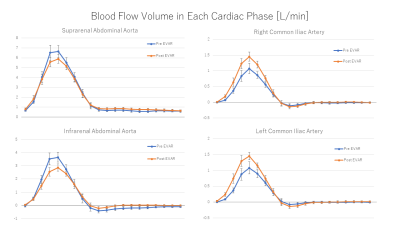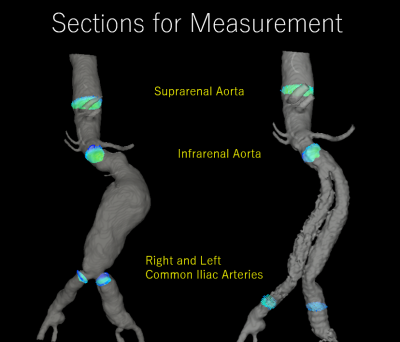Masataka Sugiyama1, Yasuo Takehara1, Shinji Naganawa2, Satoshi Goshima3, Atsushi Nozaki4, Tetsuya Wakayama4, and Marcus Alley5
1Department of Fundamental Development for Advanced Low Invasive Diagnostic Imaging, Nagoya University, Graduate School of Medicine, Nagoya, Japan, 2Department of Radiology, Nagoya University, Graduate School of Medicine, Nagoya, Japan, 3Department of Radiology, Hamamatsu University School of Medicine, Hamamatsu, Japan, 4Applied Science Laboratory Asia Pacific, GE Healthcare Japan, Hino, Japan, 5Department of Radiology, Stanford University School of Medicine, Palo Alto, CA, United States
1Department of Fundamental Development for Advanced Low Invasive Diagnostic Imaging, Nagoya University, Graduate School of Medicine, Nagoya, Japan, 2Department of Radiology, Nagoya University, Graduate School of Medicine, Nagoya, Japan, 3Department of Radiology, Hamamatsu University School of Medicine, Hamamatsu, Japan, 4Applied Science Laboratory Asia Pacific, GE Healthcare Japan, Hino, Japan, 5Department of Radiology, Stanford University School of Medicine, Palo Alto, CA, United States
4D Flow were performed for 12 abdominal aortic
aneurysm patients who underwent EVAR. Peak systolic blood flow in the common
iliac arteries has significantly increased after EVAR. The stenting may have
repaired the blood flow path and improved the efficiency of blood delivery to
the periphery.

Blood Flow Volume in Each Cardiac Phase.
The peak systolic blood flow volume was significantly decreased after EVAR (p=0.007), and the peak end-systolic reflection flow volume was significantly reduced (p=0.043) In the infrarenal abdominal aorta.
In the common iliac arteries, peak systolic blood flow was significantly increased (right: p=0.016, left: p=0.016). No significant decrease was observed in the peak end-systolic reflection blood flow volume.

